One of the most popular Buddhist festivals, Kagyed Chaam, is a celebration that is marked by masked monks and lamas performing some rigorous dance moves, symbolizing destruction of all the evil and negative forces, thereby bringing in peace and prosperity for one and all in the upcoming new year. Various important scenes from Buddhist mythology are enacted during this dance, which eventually comes to a closure by burning off effigies made with flour, wood and paper. The festival is not only held in high regards by the locals but, also by international tourists who believe in teachings of Buddha and find seeing this dance as an eternal blessing.
History of the Festival
Kagyed is a form of Cham Masked Dance performed by Buddhist monks and lamas as their reverence to the almighty and as a means to ward off evils. The history of cham dances dates back to the times of Guru Padmasambhava, the founder of Tibetan Buddhism in Sikkim, who is said to have performed this dance to a vanquish a demon from this holy land. A number of variants of these cham dances are performed on different festivals, with one thing remaining common in all i.e. the masks representing scores of human, deities and animal faces enacting an interesting story from the Buddhist mythology.
Duration of the Festival
The festival is observed on the 28th and 29th day of the 10th month of the Tibetan Lunar Calendar, coinciding with the early week of December. Most popular venues of Kagyed are the old Rumtek Monastery, Phodong Monastery and the Tsuklakhang Palace Monastery, where the celebrations commence two days prior to the onset of the New Year, which is further marked by much famous Losoong Festival.

Highlights & Important Rituals of the Festival
The most important highlight of this festival is the elaborate getup of the monks, decked up in ornate costumes, vibrant painted masks and laced with ceremonial swords and other weapons. It’s simply a hypnotizing spectacle to watch these masked lamas jumping and swaying to the rhythm of echoing drums and trumpeting horns that too, so swiftly and gracefully in perfect coordination with their fellow dancers. A yet another important and interesting highlight of Kagyed is the burning of effigies in the concluding part; symbolizing the victory of good over evil, this act is thoroughly enjoyed by all and marks for a new and auspicious beginning in the coming new year.

















































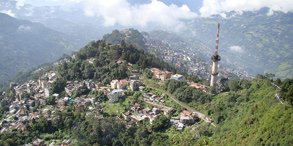


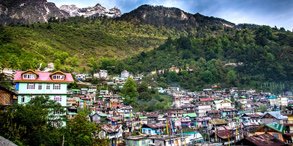

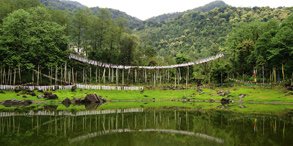

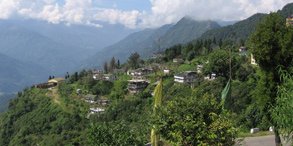
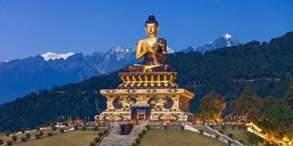
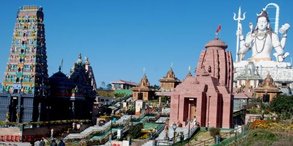


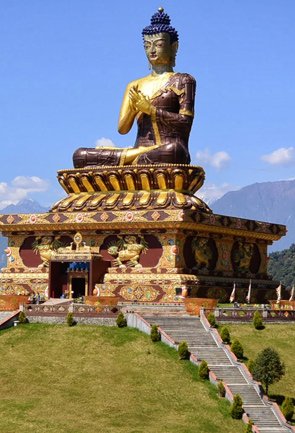

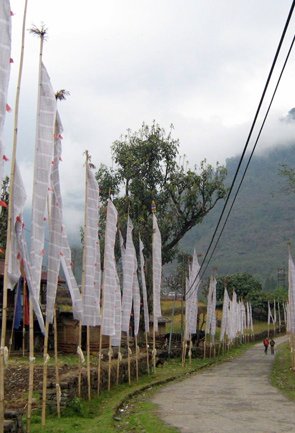


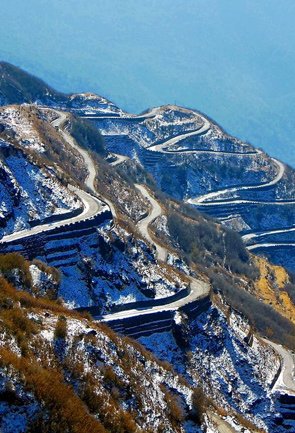

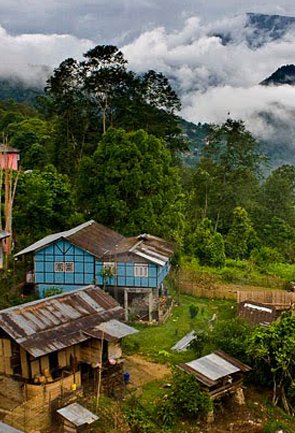

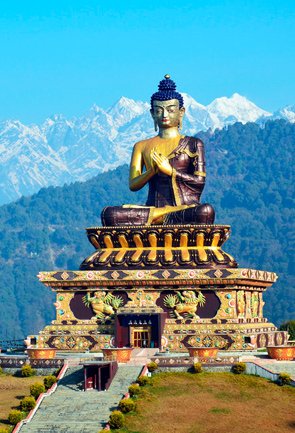

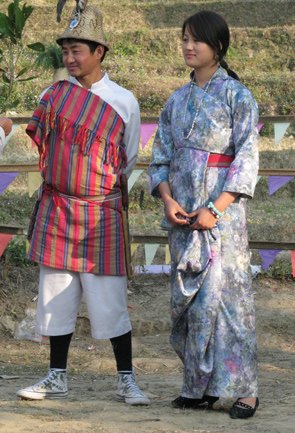
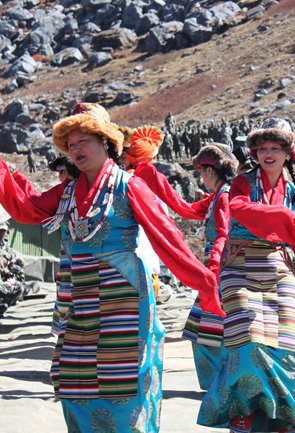



 Plan Trip
Plan Trip Call Us
Call Us Packages
Packages Home
Home